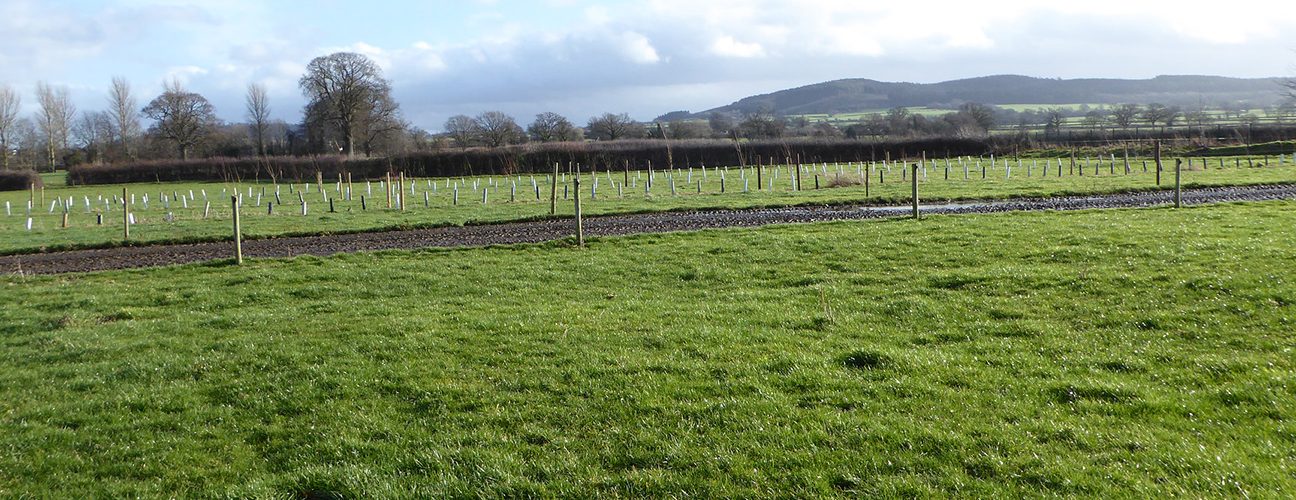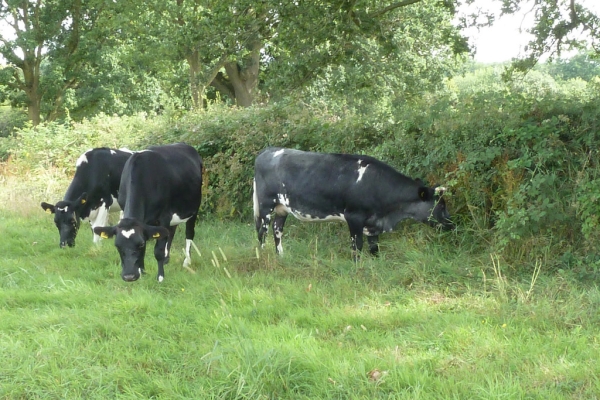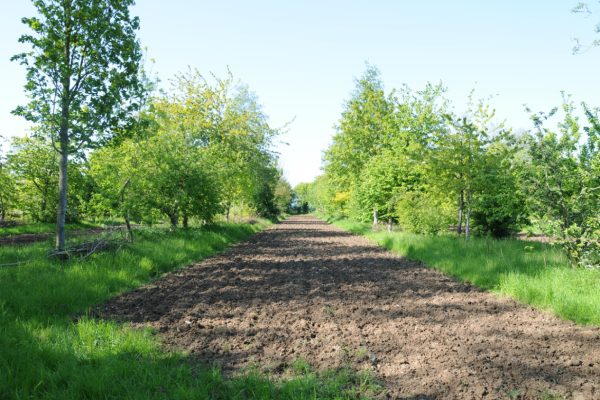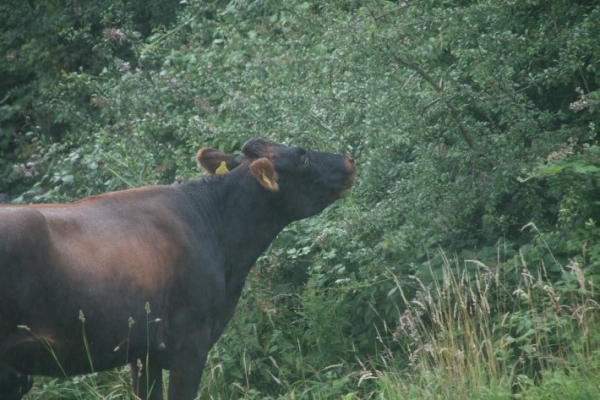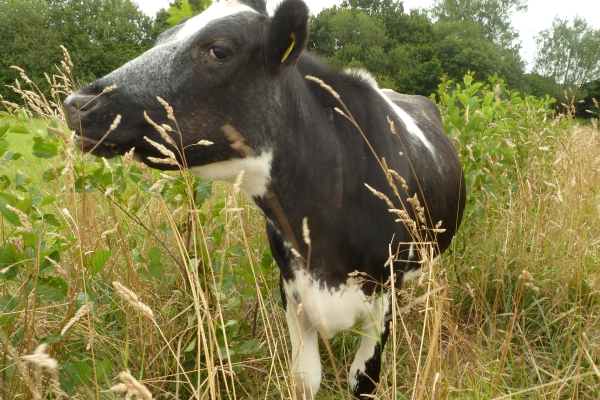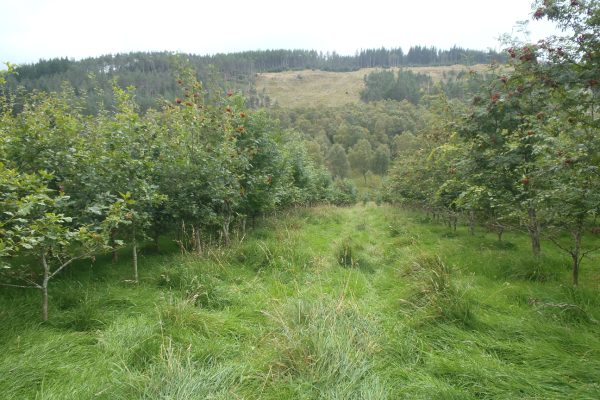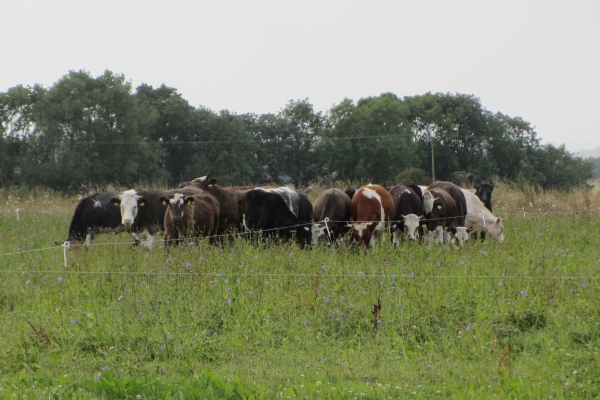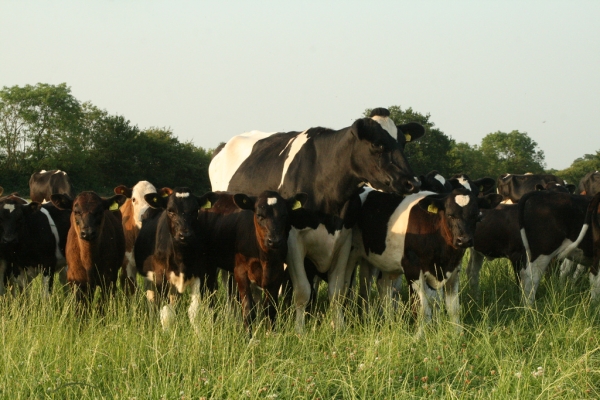Future Proofing Dairy Farms Through Landscape Design
Groundswell 2024
Resource explained
This session at Groundswell 2024, chaired by farm vet Claire Whittle, featured Cumbrian organic dairy farmer James Robinson, ORC’s Lindsay Whistance and Pete Leeson (Cumbria Woodland Trust). Faced with the challenges of climate change – heat stress in livestock, to drought and flooding – what can dairy farmers do to improve farm resilience in a future where extremes become the new normal? Lindsay focused on the impacts of heat and cold stress on dairy cows and weather-proofing dairy systems through the use of trees. Claire showed a case study of a Highlands farm (a 370-acre conventional farm), and their ongoing plans to rejuvenate hedges and plant (elongated) roundels for medicinal browsing, orchards as hospital fields, wood pasture, agroforestry and in-field trees. James demonstrated how they have used Countryside Stewardship schemes to plant trees and maintain their hedgerows. Pete covered the practicalities of integrating trees into your farming system.
Findings & recommendations
- Thermal comfort is a sweet spot. Away from the sweet spot animals seek shade or shelter.
- Heat stress has many negative impacts. This can lead to disease, lameness and lower milk quality. Effects can be long-lasting with smaller calves and higher cull rates and mortality.
- Orchard areas close to the farm can be great for convalescing cows
- Use support schemes to help you achieve your objectives
- Be pragmatic, be practical. Use the existing farm structure as a starting point and capitalise on your living assets. Hedges are quick to establish and grow, as are alders. “Right tree, right place, right outcome.”
- Native trees are good for browse, and for wildlife. The additional browse value compensates for any loss of grass.
- Maintenance is vital. If you put a guard on, you have to take it off. Re-use materials wherever possible.
- Get advice. Visit farmers like James!
